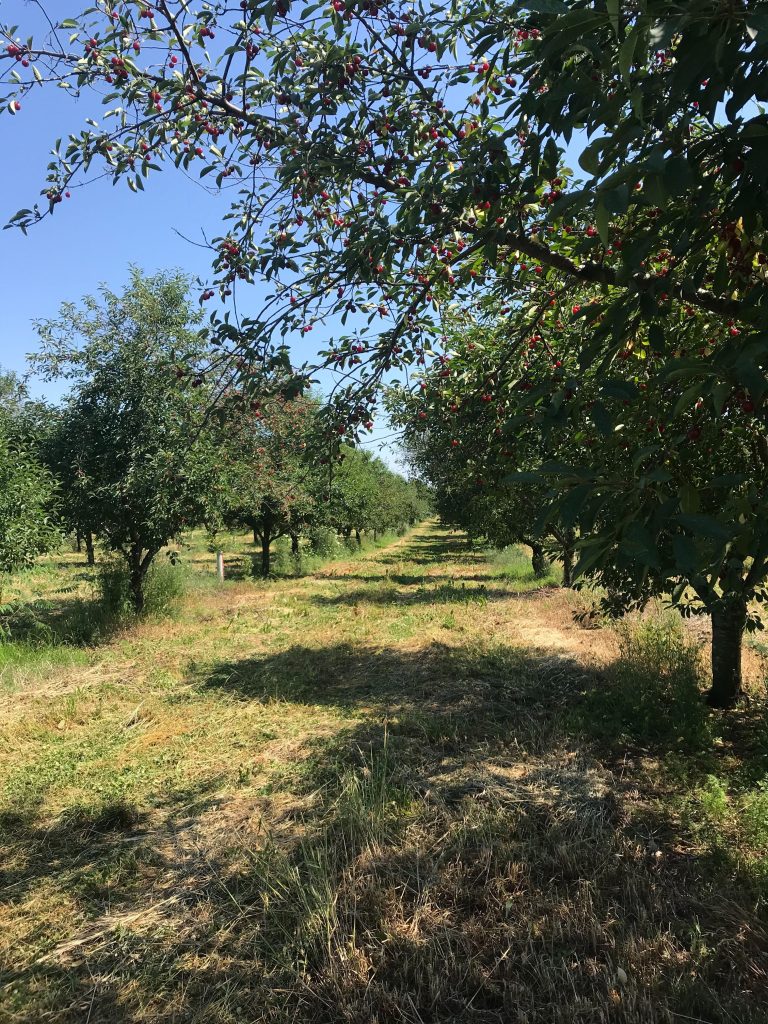
March is here, which means spring is just around the corner – a time of renewal, light, and working hard to ensure the approaching growing season is a successful one.
I’m thrilled to say this is the first editorial I’m writing for Fruit & Vegetable as its editor, though the savvy amongst you will notice that I’ve been writing these for the past year. I’ve lived most of my life in southwestern Ontario, so picking strawberries and blueberries, watching crops grow and ripen, and tending to my little vegetable garden are essential parts of summer for me. Adding professional interest to personal simply means understanding more fully what growers contend with.
It’s been illuminating to find out more about the many challenges involved in growing fruits and vegetables – from pests and diseases, to soil and water management, to the effects of weather and climate, to international trade and the impacts of global trends on local farms. The past two years have been exceptionally difficult due to the pandemic’s shifting regulations and effects on markets and supply chains, too.
Watching the resilience, adaptability and ingenuity of Canadian produce growers has been inspiring – they’re clearly traits that are present even when the world isn’t vacillating between shut-downs and reduced capacities. For all the challenges farmers face, there are solutions or management options being developed or already available – and growers and agronomists are constantly working with researchers, trying new things or improving on older methods.
For instance, in Kaitlin Packer’s story on the Anystis mite, Vineland’s Taro Saito relates how he thought to look into the mite because his toddler found one eating a fly in their backyard. Research had been conducted on Anystis previously, but the challenges of commercializing the mite exceeded the benefits. Saito’s excitement, technical expertise, and work conducted in partnership with Applied Bio-nomics pushed him to find solutions that previous researchers hadn’t. Now, Anystis – nicknamed the “Crazee Mite” – is available as a mass-produced, cost-effective insect pest control option.
While I haven’t been able to meet as many of you as I would’ve liked at events and crop walks due to the pandemic, I’m looking forward to making up for lost time once we can get together in person once more.
In the meantime, if you have any ideas for the magazine or thoughts you’d like to share, please don’t hesitate to reach out. I’ve learned a lot in my two years here, but that has proven that I still have a lot to learn. As you are the experts in your field(s), I’d be honoured if you’d share your knowledge and wisdom with me.
Print this page
 Photo by Alex Barnard.
Photo by Alex Barnard.